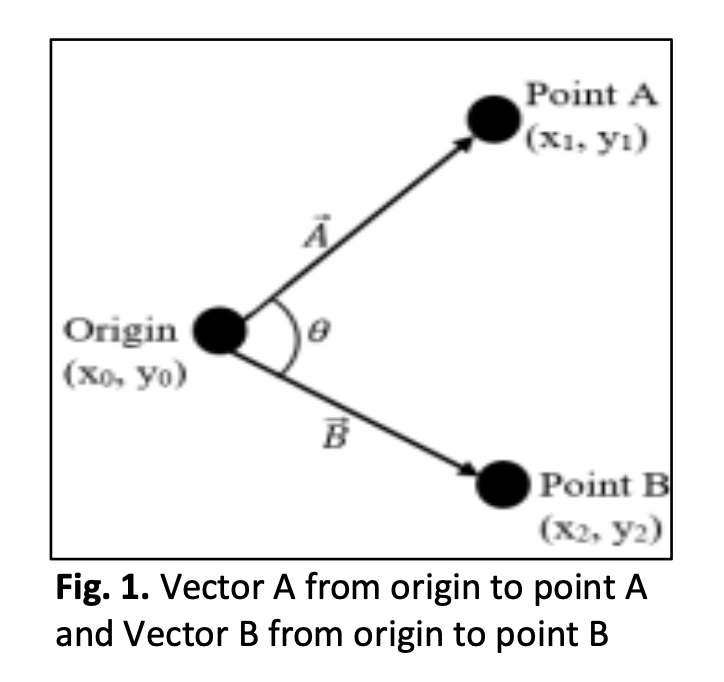Biomechanics Analysis of Basketball Shooting Via OpenPose Motion Capture System
DOI:
https://doi.org/10.37934/aram.112.1.3245Keywords:
Shooting analysis, marker-less, biomechanicsAbstract
In basketball, it is crucial to understand the optimal shooting pattern for each individual in terms of gender and shooting distances from the basket. However, incorporating biomechanics shooting analysis quantitatively into the learning process is not preferable. Hence, the purpose of this study is to determine the quantitative aspect of basketball shooting for biomechanics analysis using the OpenPose motion capture system. This marker-less motion capture system generated the biomechanical parameter data subjected to a significant difference test for shooting performance. A total of four players – two males and two females, divided into two levels (intermediate and novice) performed ten continuous jump shots from two different shooting distances (4.57 m and 6.40 m) from the basket. Each individual’s biomechanical parameters were tested in a statistical or independent t test to determine which significant parameter has a measurable difference in shooting performance. When the effects of different body angles on missed to scored baskets were compared, only the right elbow angle (intermediate female player), the right shoulder angle (novice male player) and the left hip angle (intermediate female player and novice male player) showed a significant difference (p < 0.05) towards shooting performance. In the comparison of the velocity of right upper limb key points, only the velocity of the right shoulder (intermediate male player) showed a significant difference (p < 0.05) toward shooting performance. In conclusion, the findings of this study suggest that shooting analysis should be done quantitatively to demonstrate a more profound and clear understanding of biomechanics when considering an improvement in shooting performance.
Downloads


























